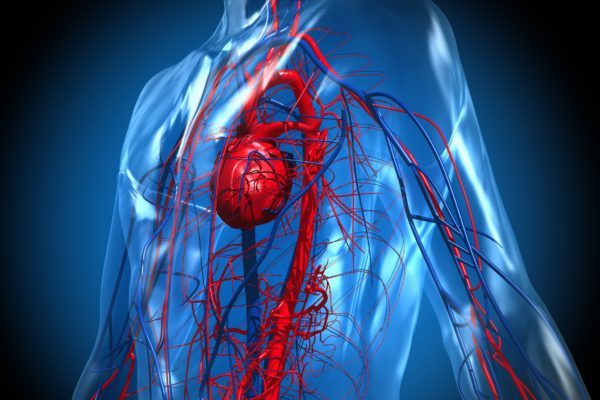
EURORDIS – The voice of rare diseases patients in Europe
(Available in English/French/German/Spanish/Italian/Portugese, Russian)
Schnitzler syndrome is a rare autoimmune disease characterised by skin rash (hives), fever, as well as muscle and bone pain. An autoimmune disease (auto = self, immune = defence) is a condition in which your immune system attacks cells and substances of your own body. In patients with Schnitzler syndrome the body produces antibodies that cause infections.
Schnitzler syndrome usually develops after the age of 50. The disease is named after the French dermatologist Liliane Schnitzler, who first described this disorder in 1974. People with Schnitzler syndrome have a similar life expectancy as people without this syndrome. Schnitzler syndrome is not hereditary. Family members of a patient with Schnitzler syndrome have the same chances of developing the disease as people without Schnitzler syndrome in the family.
However, people with the disease have an increased risk of developing Waldenström disease. Waldenström disease is a rare form of cancer of the lymph nodes (lymphoma), in which uncontrolled growth of plasma cells in the bone marrow occur. Plasma cells are white blood cells (lymphocytes) that make large amounts of antibodies.
Schnitzler syndrome is characterised by a subset of symptoms. In most patients, one or two symptoms emerge after onset of the disease, after which new symptoms arise.
The first symptoms usually consist of:
The cause of Schnitzler syndrome is unknown. What is known, is that the symptoms of the syndrome develop due to large amounts of the inflammation factor interleukin 1 (IL-1). This inflammation factor causes fever and other symptoms associated with Schnitzler syndrome. It is not clear why this inflammation factor is increased in people with Schnitzler syndrome.
There is no specific test for Schnitzler syndrome and diagnosis is based on the presence of characteristic signs and symptoms and the exclusion of other causes. A set of diagnostic criteria is defined for Schnitzler syndrome, including:
Moreover, at least two of the following symptoms must be present:
The treatment of Schnitzler syndrome is aimed at alleviating the signs and symptoms associated with the condition. The following medications can be used:





